HARMUKH MOUNTAIN ADOBE OF LORD SHIVA (MADANO)
Rajtarangini mentions, this holy lake was the final goal of the “Haramukutganga” pilgrimage, which used to take place annually in the month of “Bhadrapada”, and used to be attended by thousands of pilgrims. The bones of those, who had died, during the year, used to be deposited/immersed in the sacred waters of this lake.
It is also mentioned in some articles, that ,In earlier times, KP’s used to come here and do the Obligatory “Shraddh”(prayers offered to ancestors) and immerse the ashes of those who had died. Before, immersing the ashes into the lake, they used to stock the water for drinking and cooking, as immediately after immersing the ashes, the colour of the waters would change to Red, (because of some micro-organisms), thus making the waters unfit to drink or cook food in.
Ramradhan is the first pilgrimage centre about 5 kms from Wusan. Then the journey begins to Yamhear which is about 6-kms away. It is a steep ladder-like path and perhaps that is why it is called Yamhear (Lord Yama’s ladder). The route is dotted with several other lakes and temples. There is the black water lake known as Bramsaar, Sukhnag, a hot water lake, and Dukhnag where pilgrims take holy dip. The other route is via Narannag on the banks of a rivulet called Krenk nadi where beautiful temples are located. Larakota king Laltaditya Muktapida had expanded and beautified the Jyestha and Bhutesha temples at Narannag. Another 41 km alpine track leads to the Gangbal Lake from northwest Shitkadi Sonamarg via Vishansar Lake, Krishansar Lake and Gadsar or Yemsar ( Lord Yama’s) Lake.
Sir Walter Lawrence, the Settlement Commissioner of J & K State, has recorded about 100 years ago in his book “Valley of Kashmir” that Kashmiris in general believe that there is a mine of jewels and rubies in Harmukh. The inhabitants of the valley believe that wherever the Harmukh peak is visible in the Valley, the serpents of the place happen to be quite harmless, and on the other hand, the peak is not visible the serpents of the locality are poisonous and their bites are fatal. In Illaqa Pulwama where the peak is visible the snakes are quite harmless and at village Lar where it is invisible the serpents are poisonous.
Once a hermit tried to reach the summit of the Harmukh to see Lord Shiva face to face. For twelve years long he tried to scale the summit, but failed until one day he saw a gojar descending the summit. When the gojar approached him, the hermit enquired as to what he saw there. The gojar whose goat had strayed and for whom he had been searching, said that he saw a couple milking a cow and drinking the same in a human skull. They had offered some milk to him, which he refused to drink and when they departed they rubbed a little of the milk on his forehead. As the gojar indicated the spot on his forehead where the milk was rubbed, the hermit was extremely joyful and rushed to lick his forehead. It is said that the hermit got Nirvana and diasppeared from the place, to the entire surprise of the gojar and the gujjar was left rubbing his forehead in utter surprise and in some warm pain.. The legend is known as Hurmukhuk Gosoni.
Harmukh-Ganga pilgrimage was lost somewhere in the pages of History, until, APMCC/HGGT took the initiative in 2009 and re-organized the pilgrimage of Harmukh-yatra after a gap of more than 150 years. Though, a small group of KP’s sometimes used to undertake this journey before 1990. APMCC/HGGT charges only a nominal fee of Rs 100 towards the registration., Once the registered pilgrim reaches the Zeethyar-shrine in Srinagar, he/she becomes the responsibility of the organizers. The organizers of this yatra takes care of the Boarding, Lodging, food as well as the pooja for the “Shraddh” at Gangabal Lake
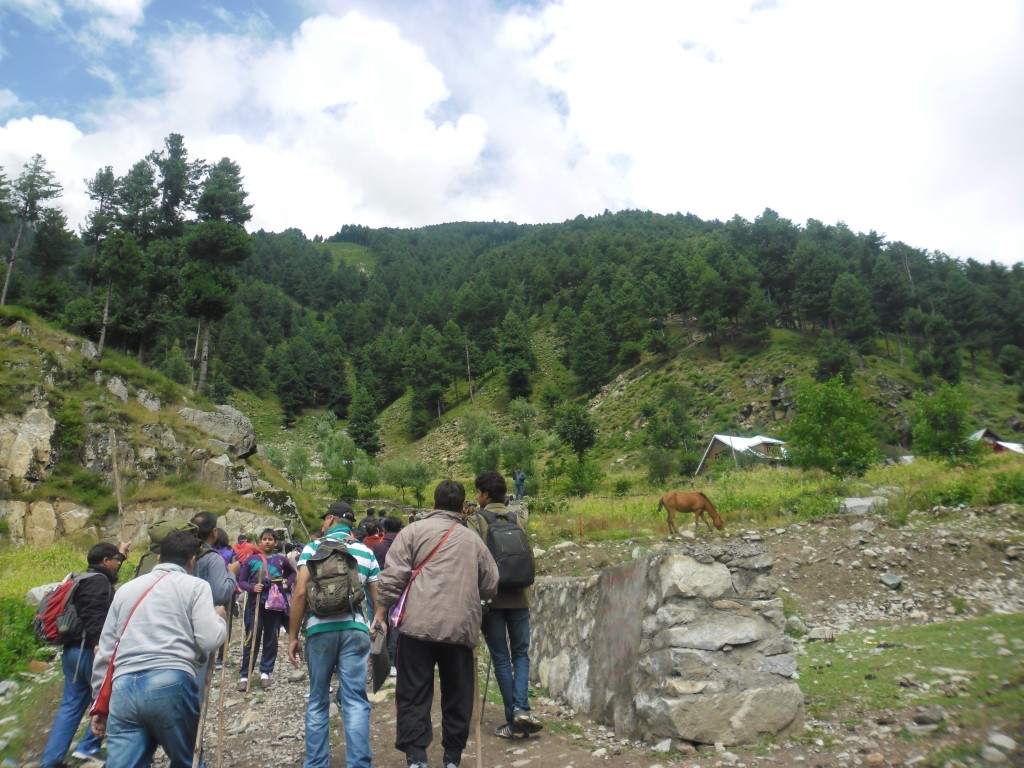
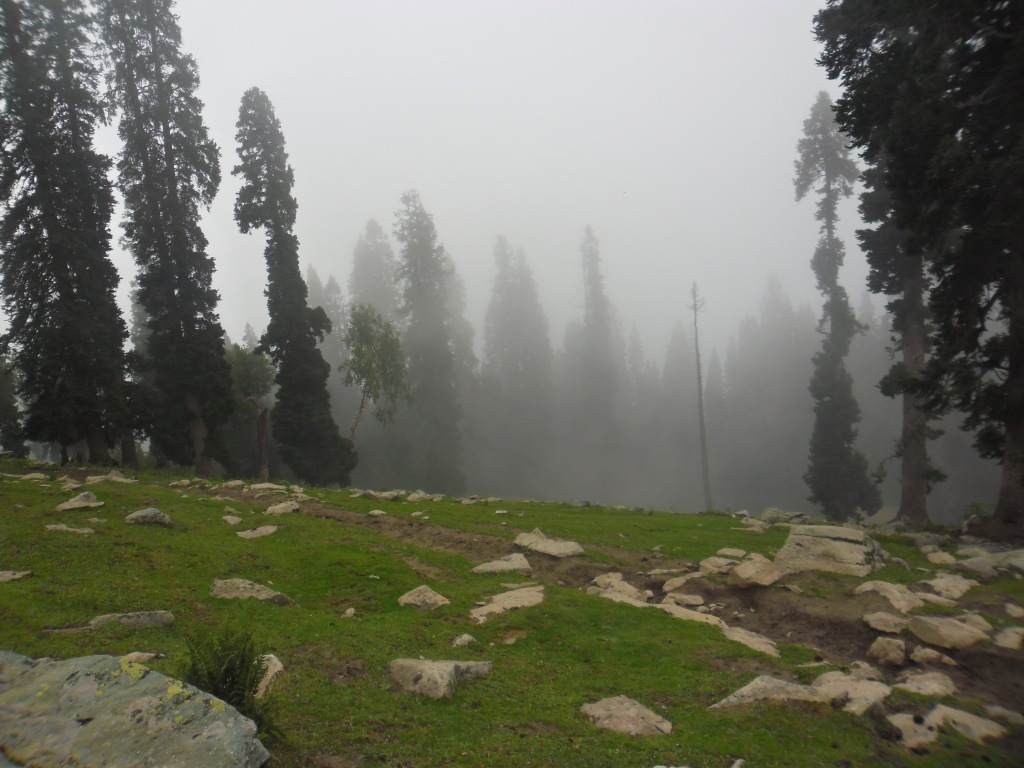
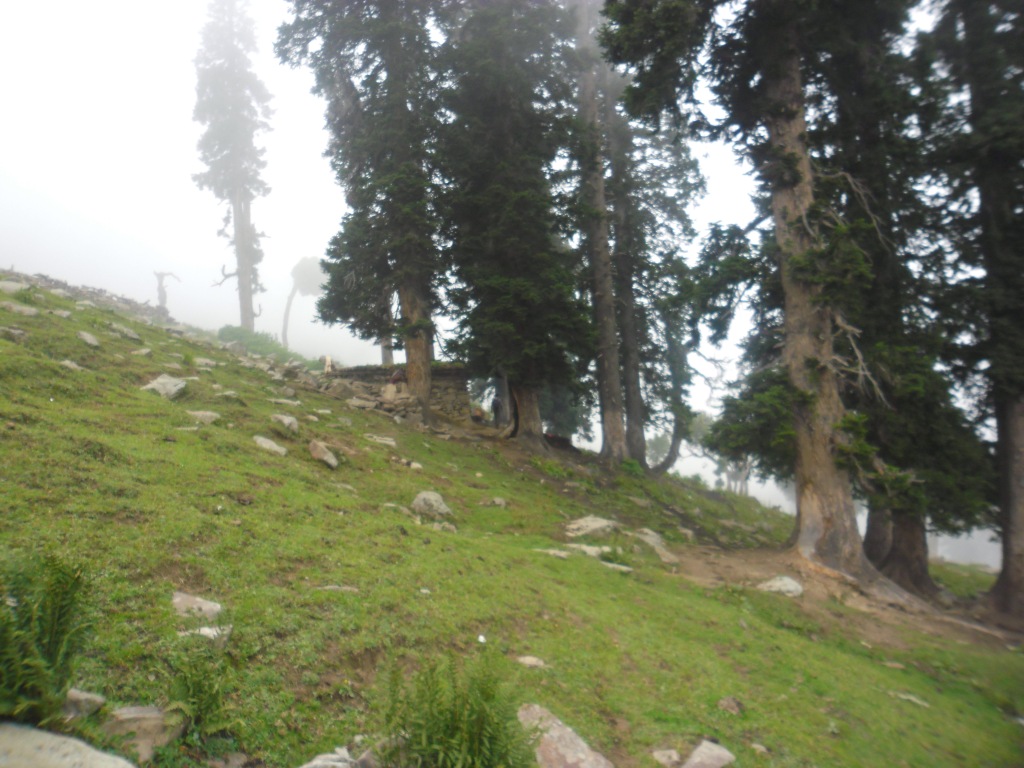
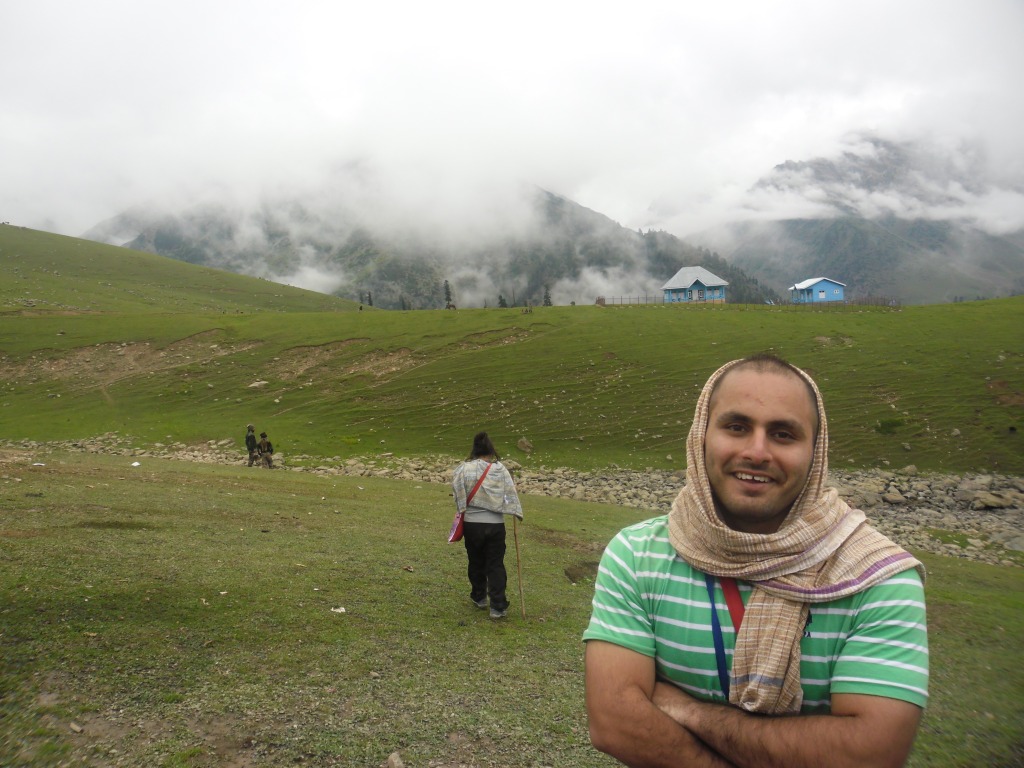
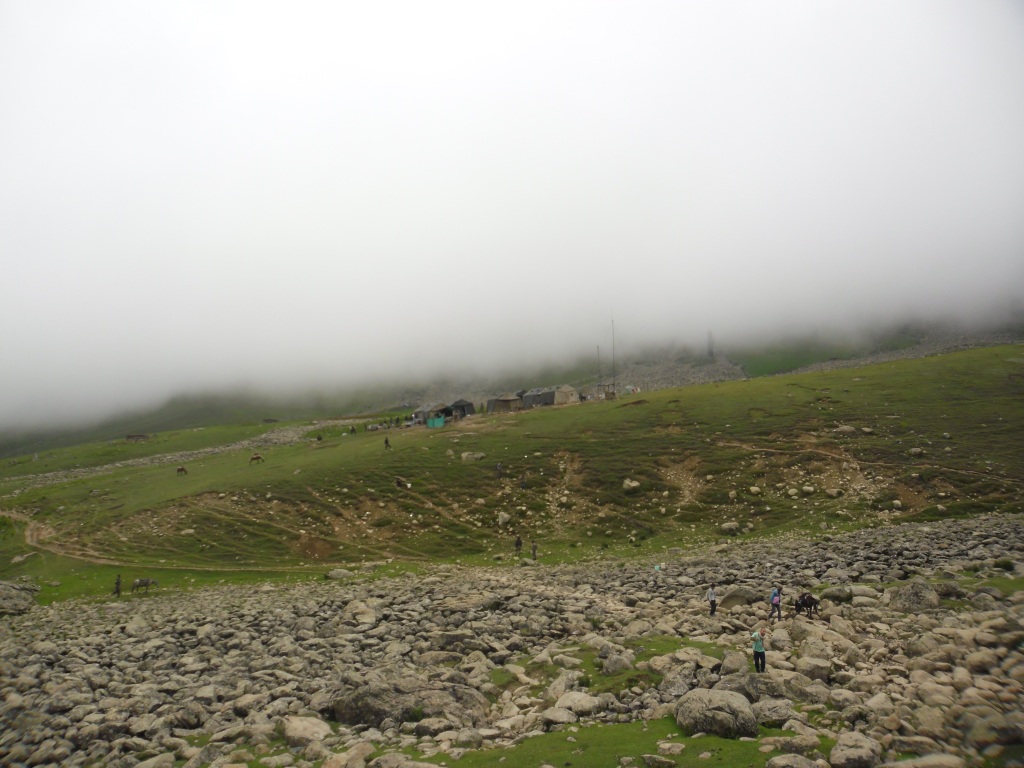
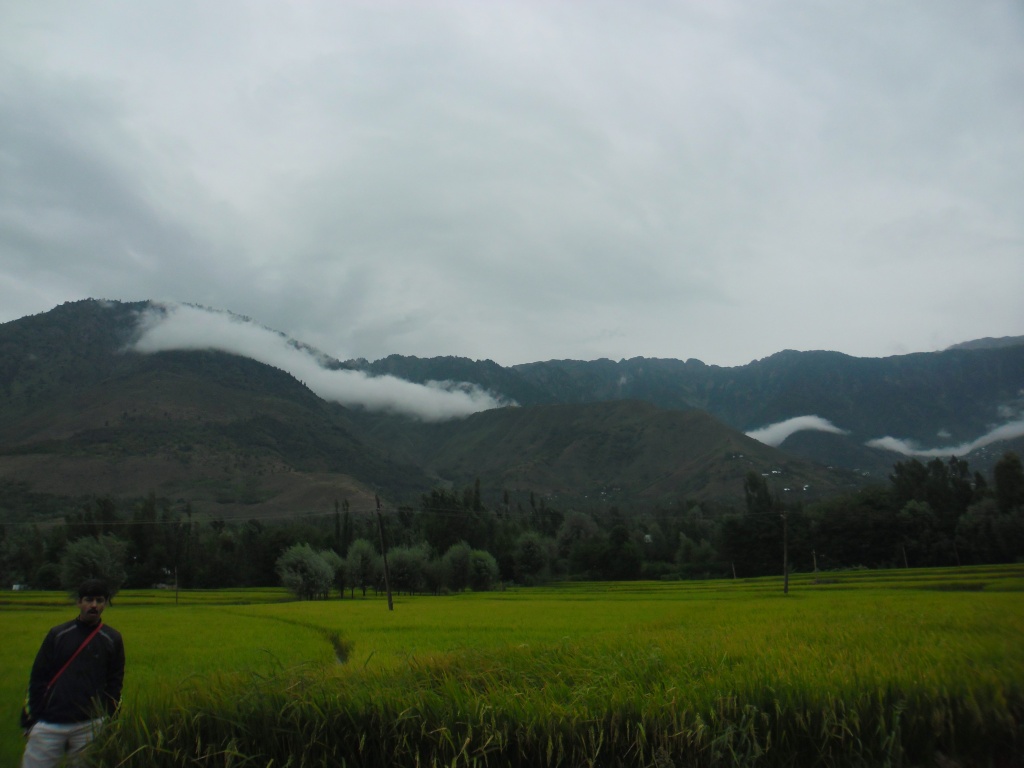
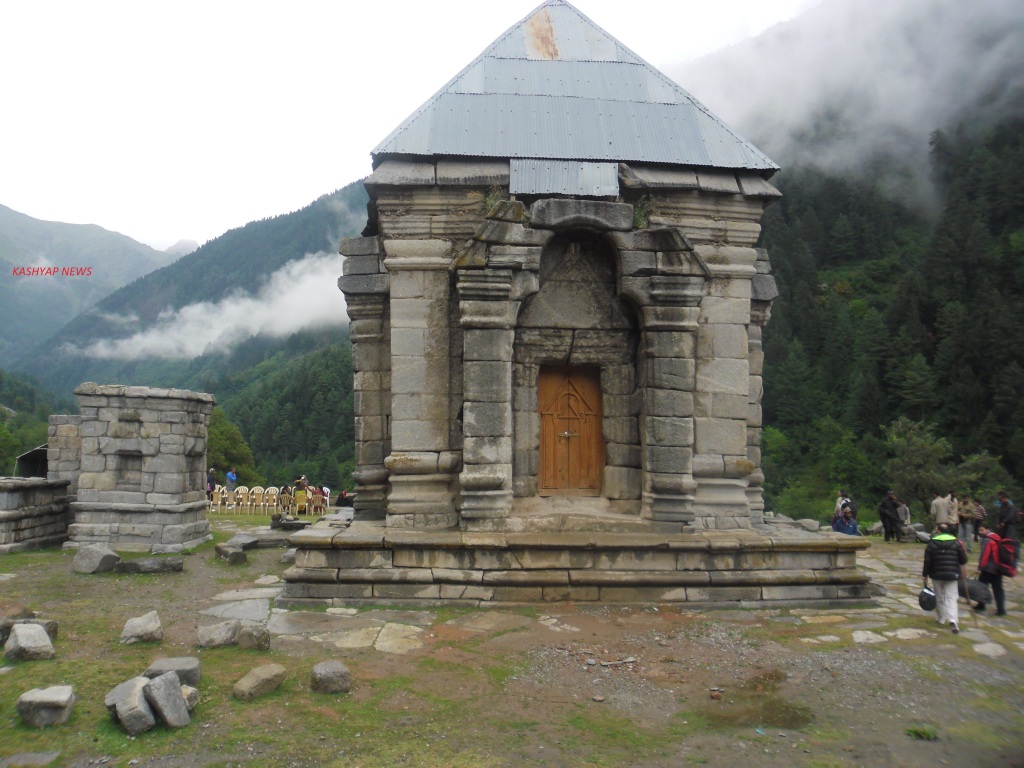
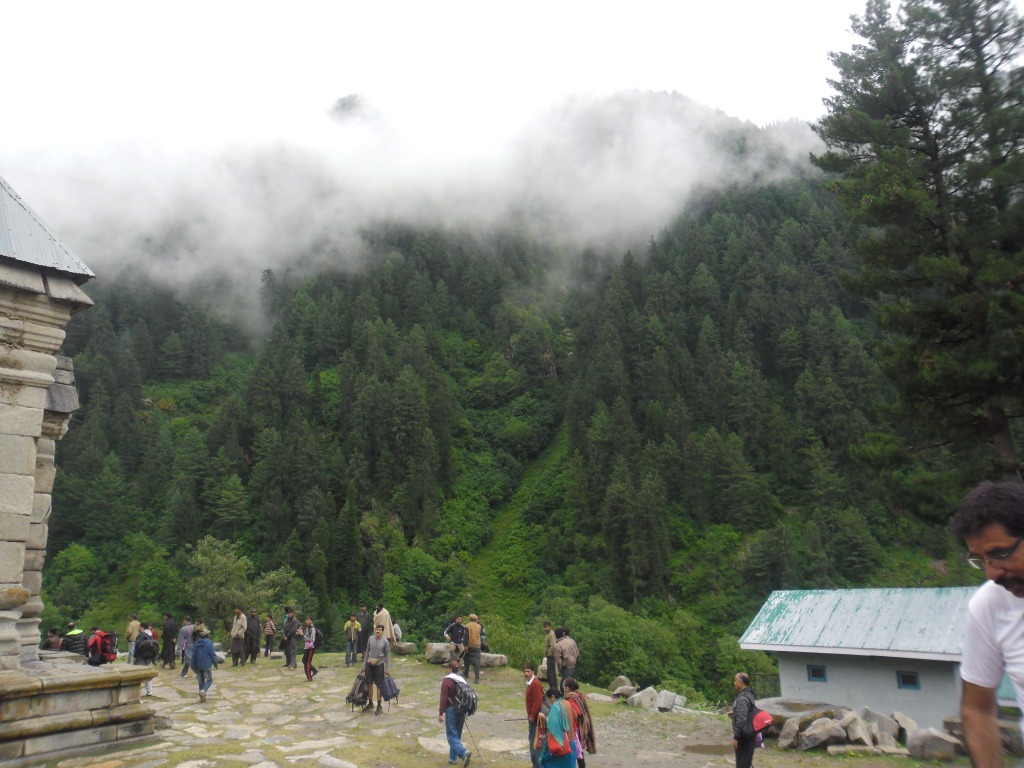
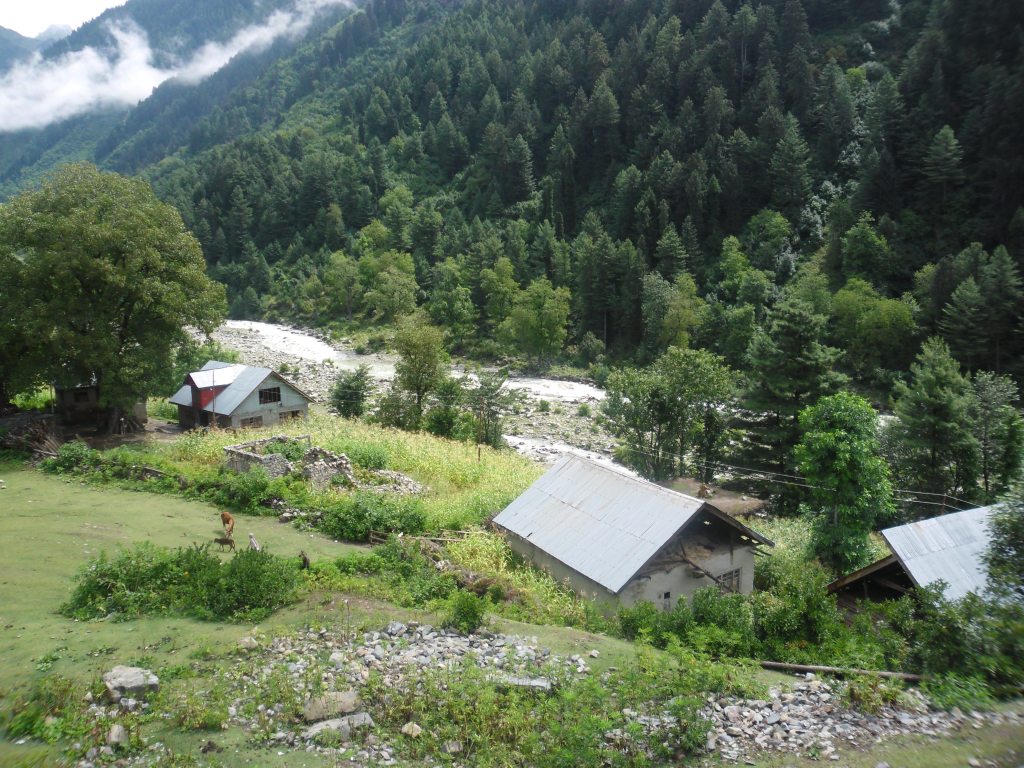

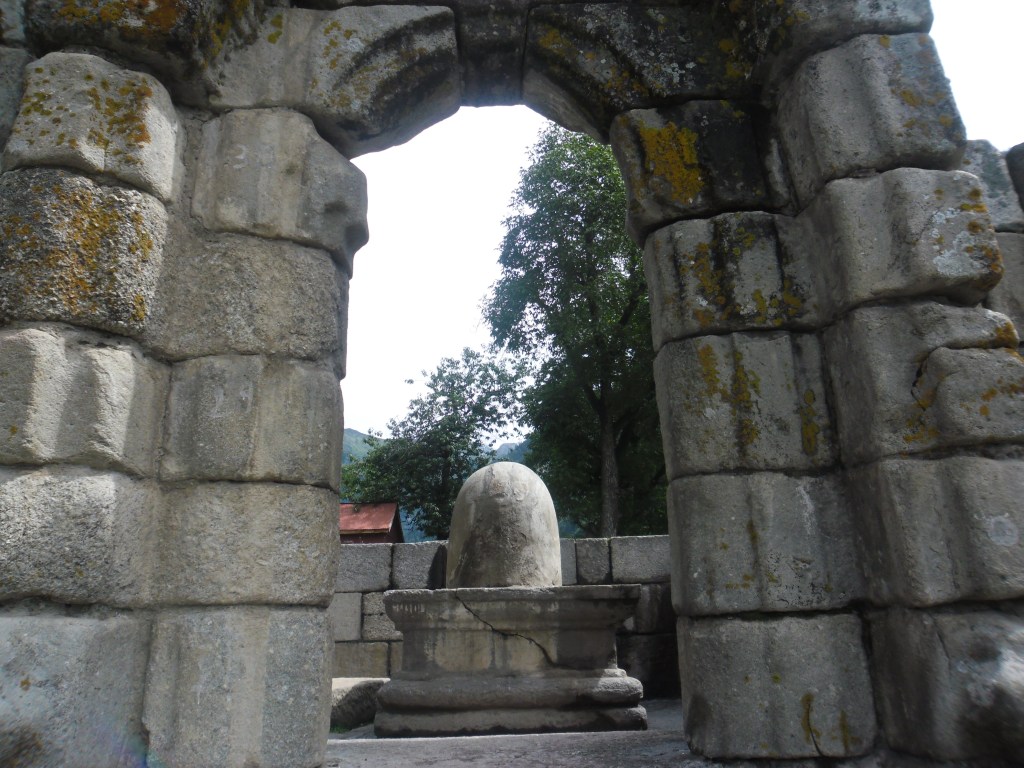
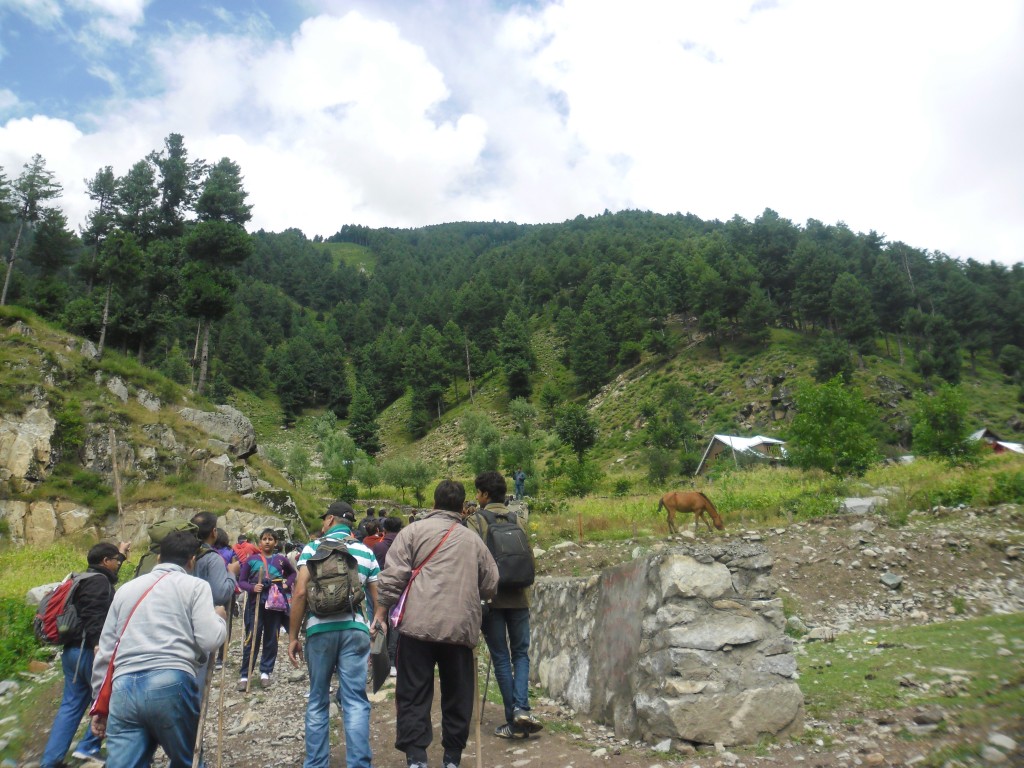
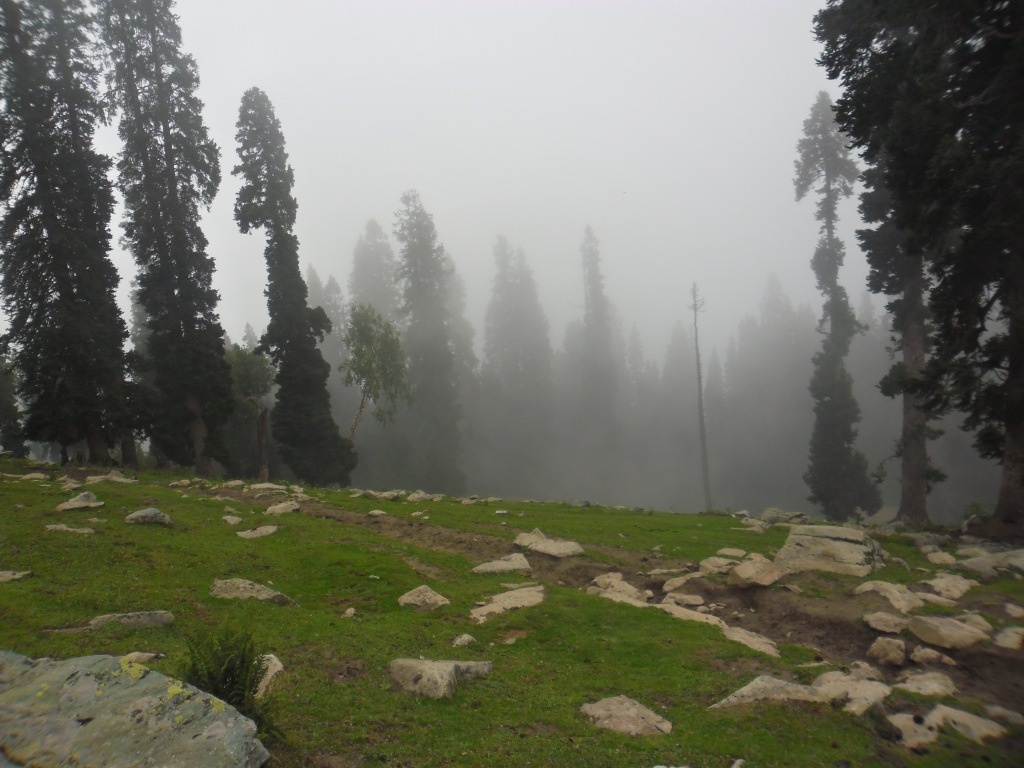
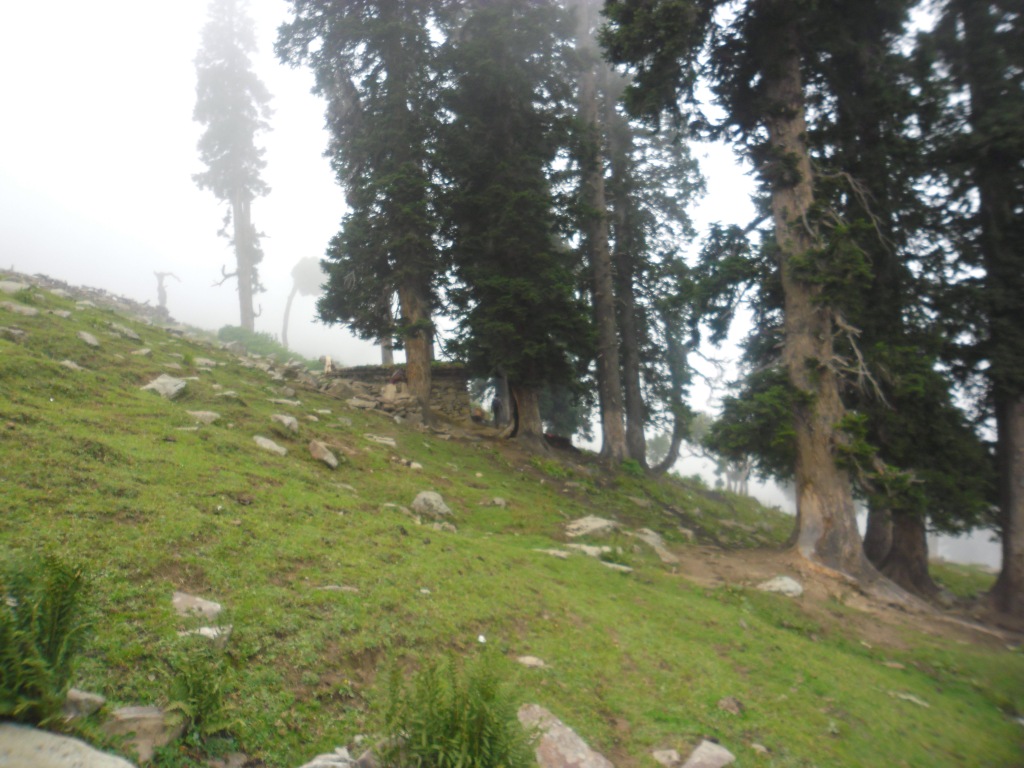
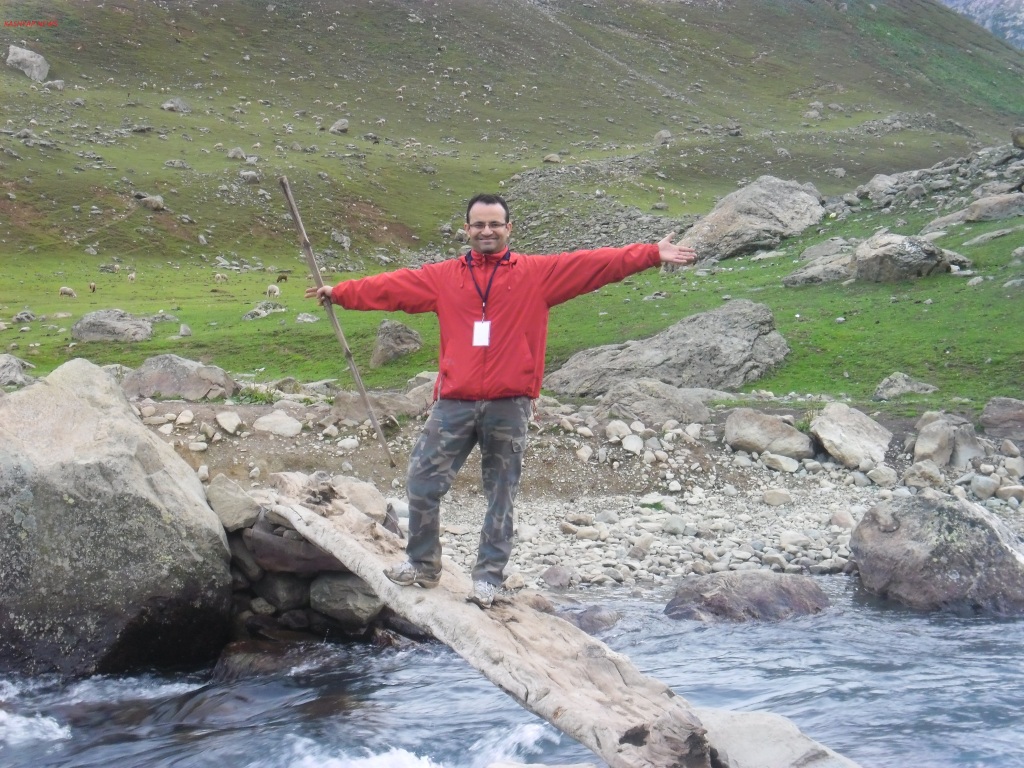
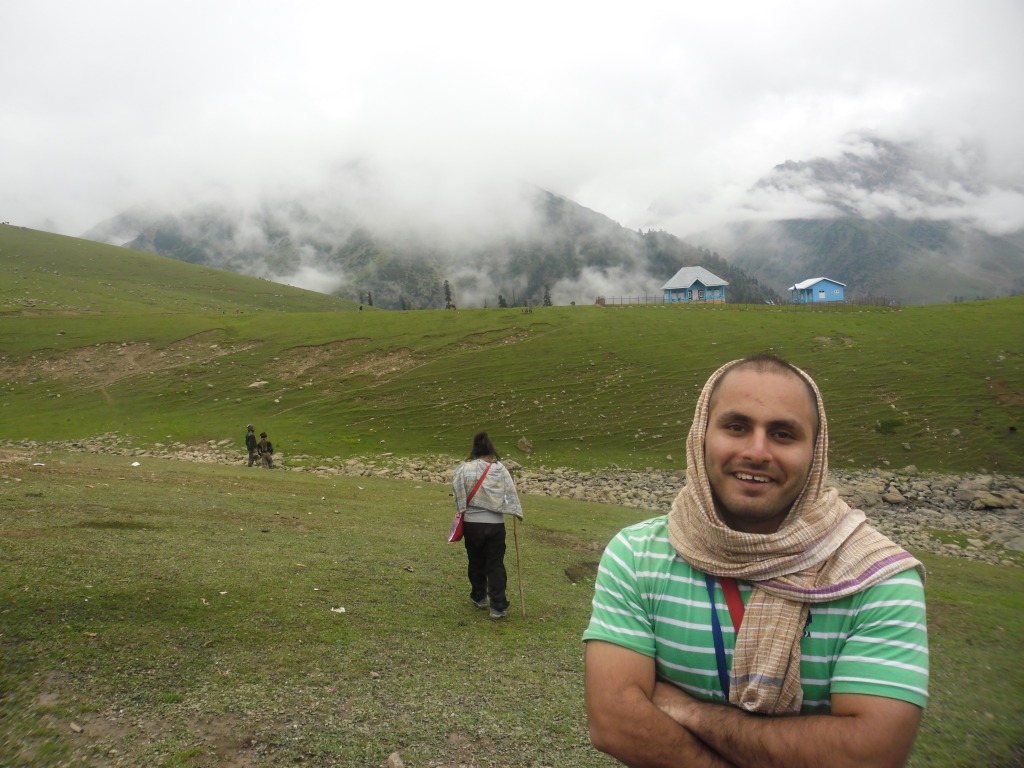
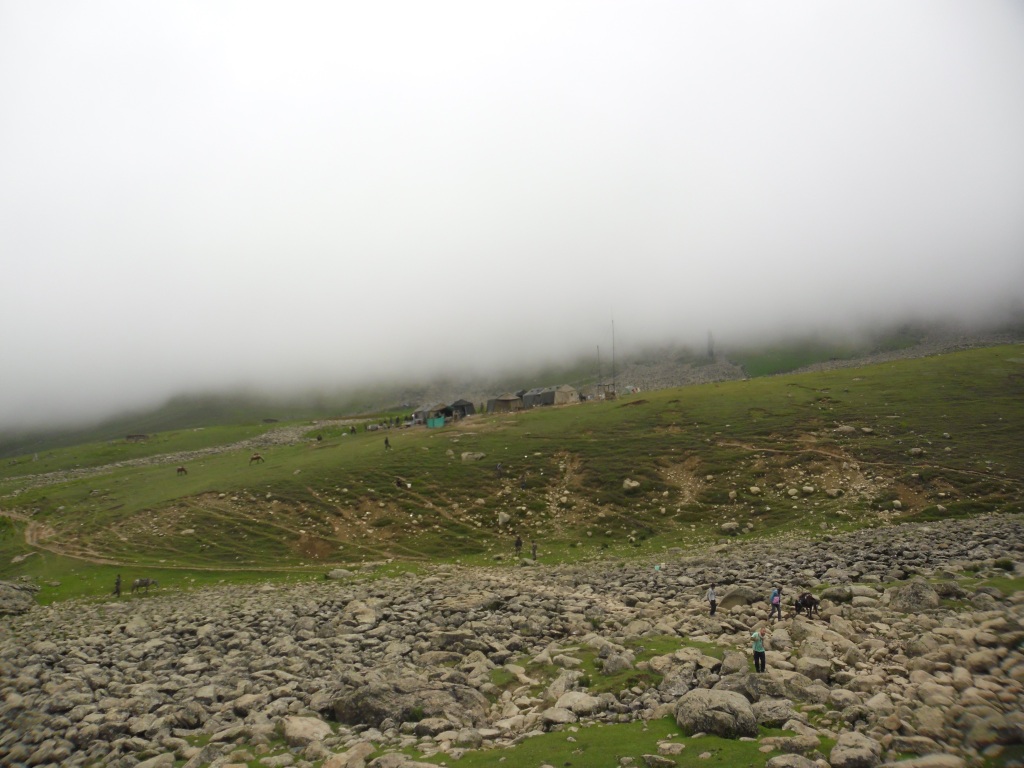
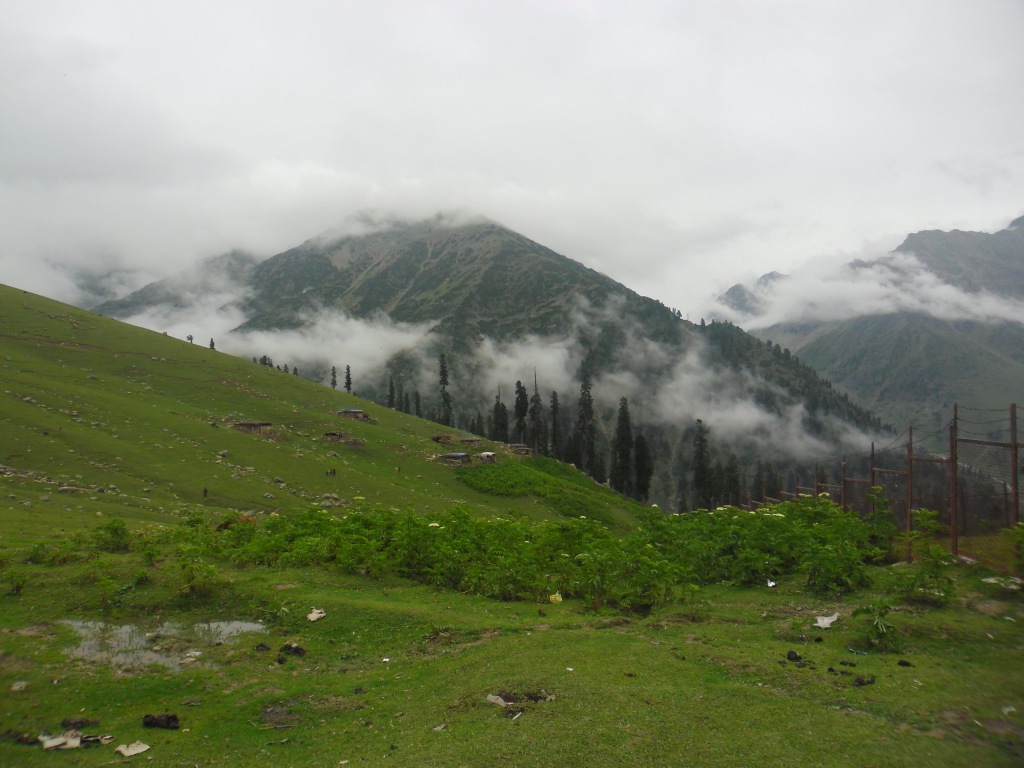

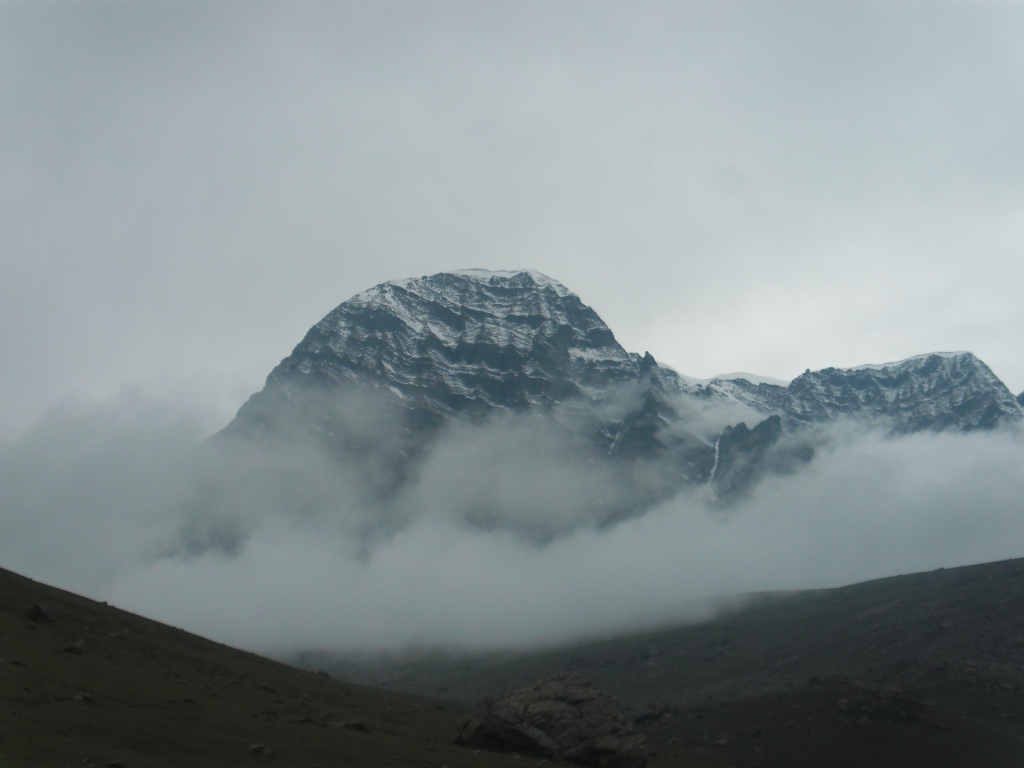
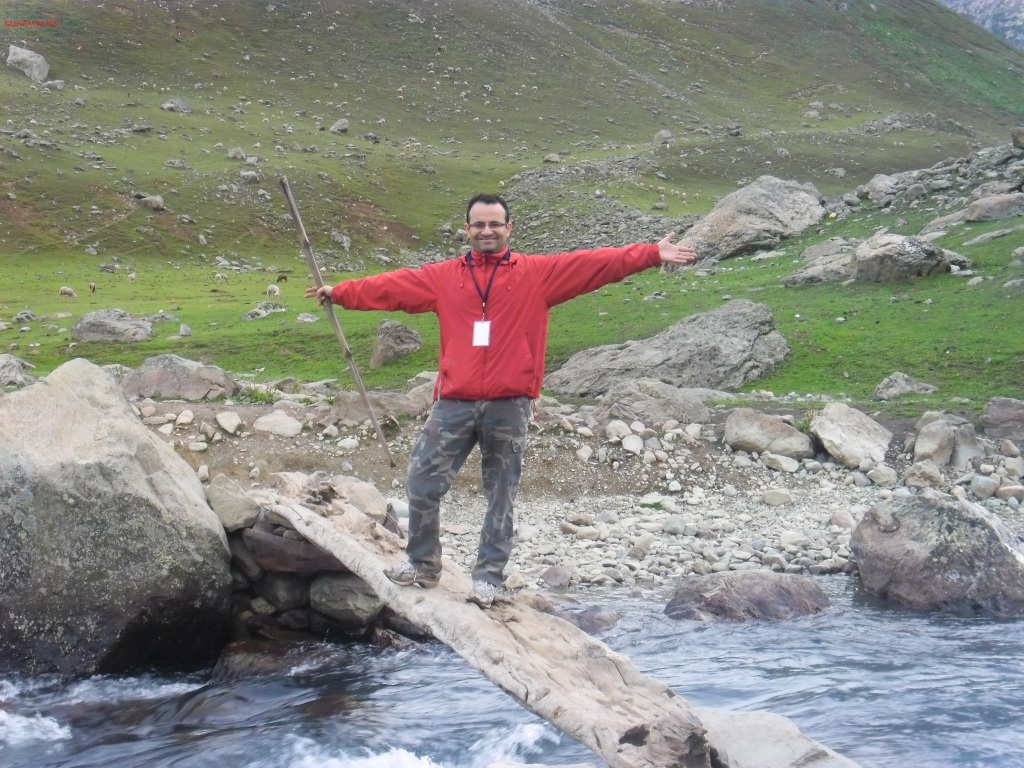
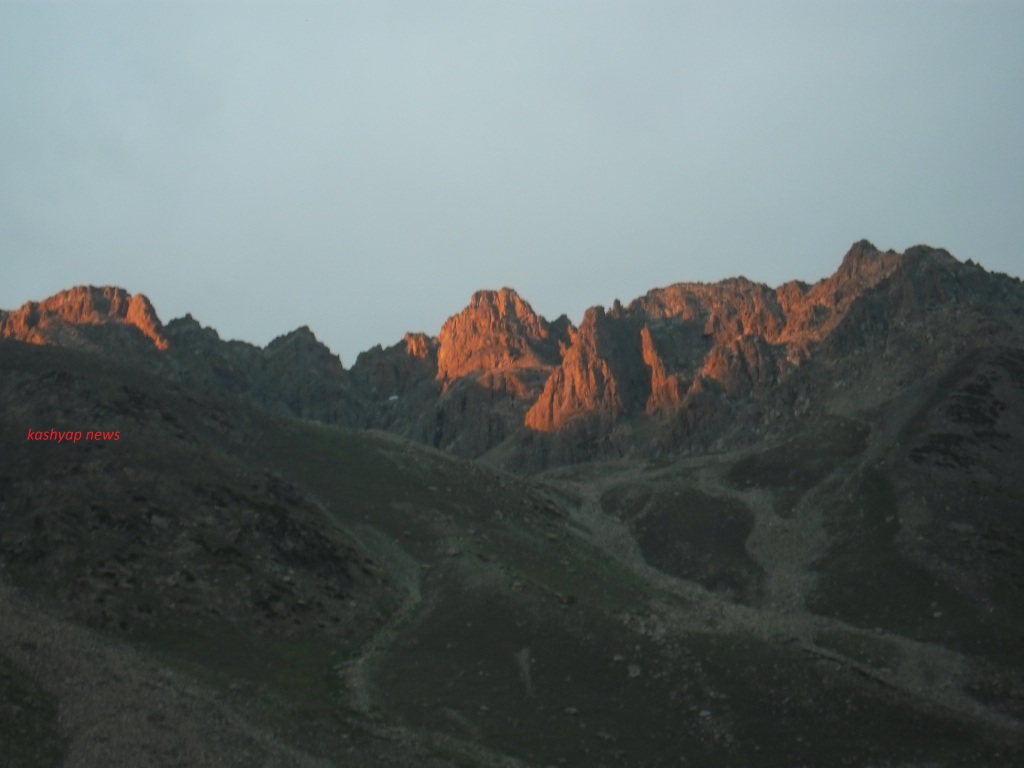
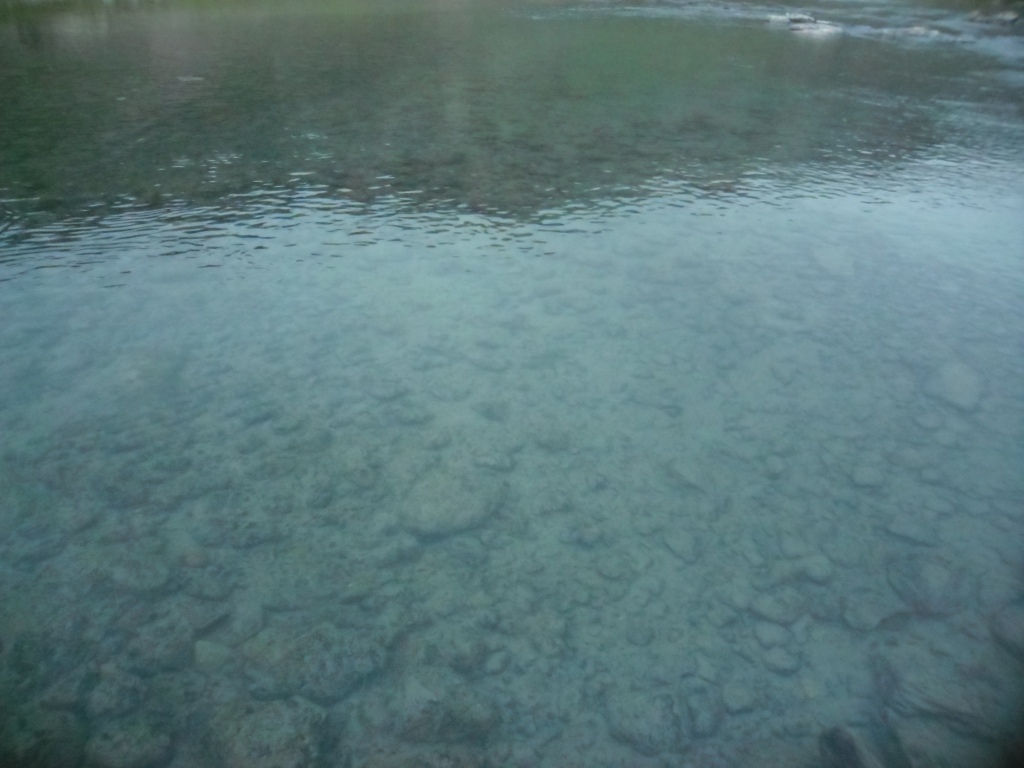

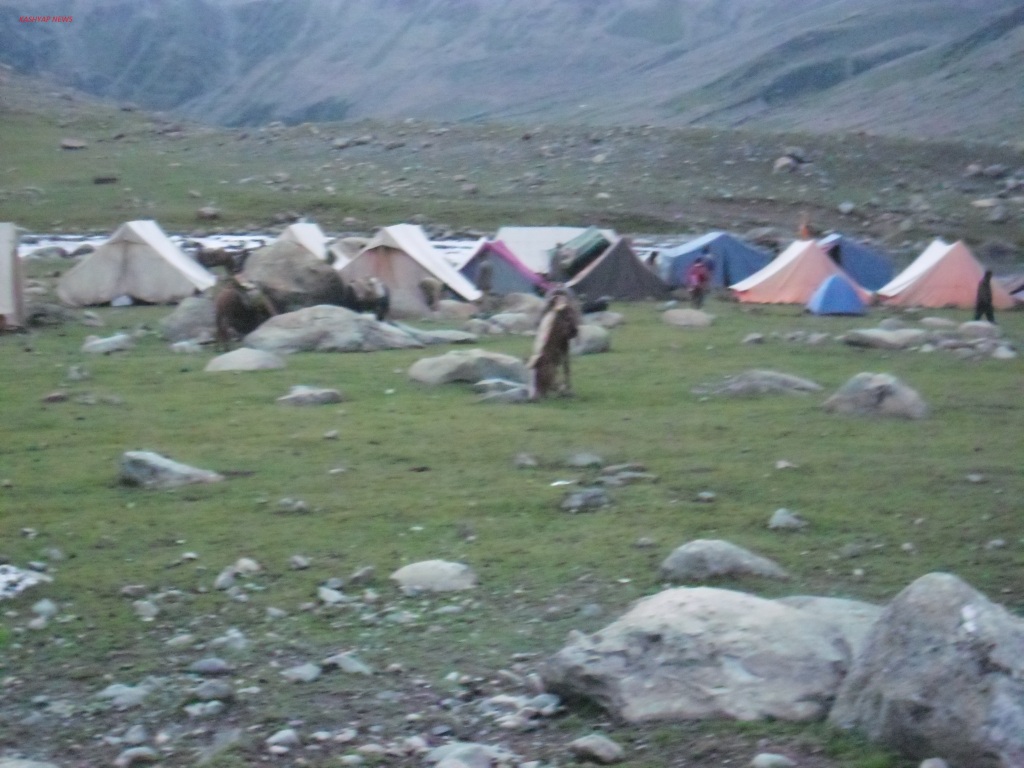

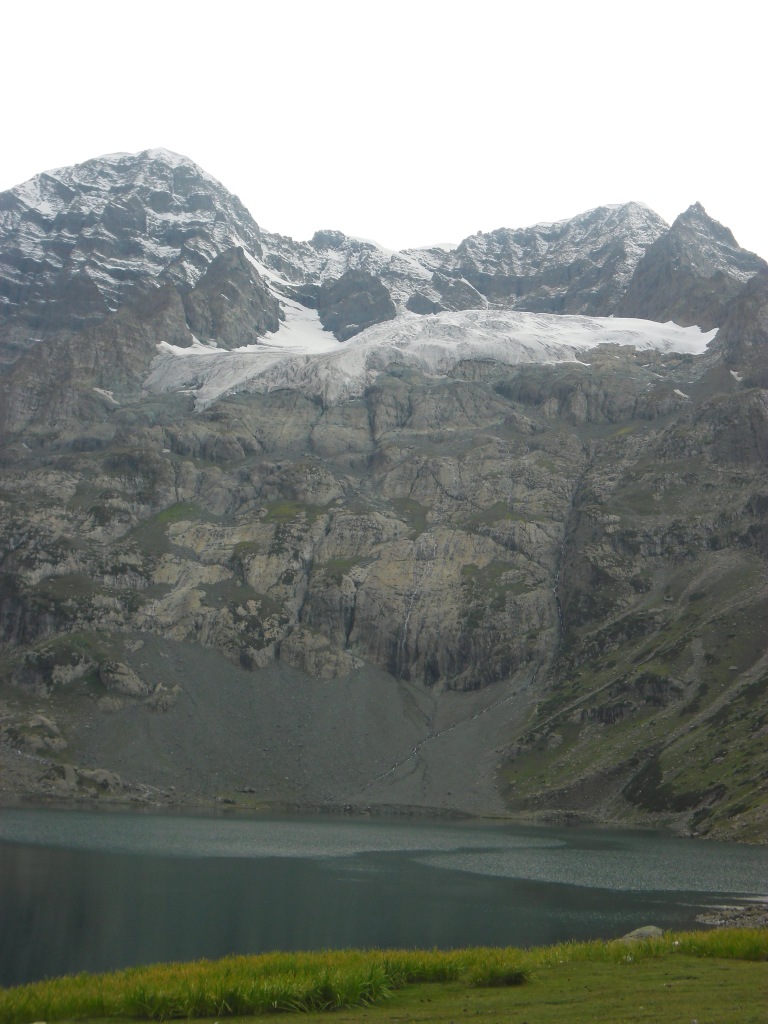

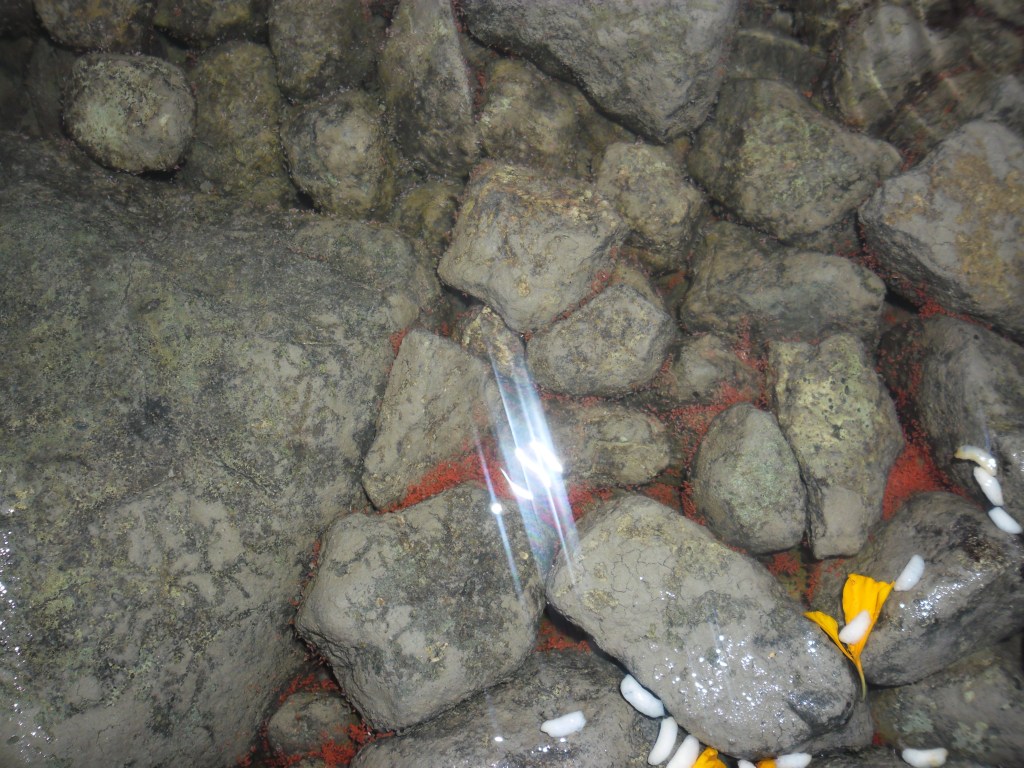
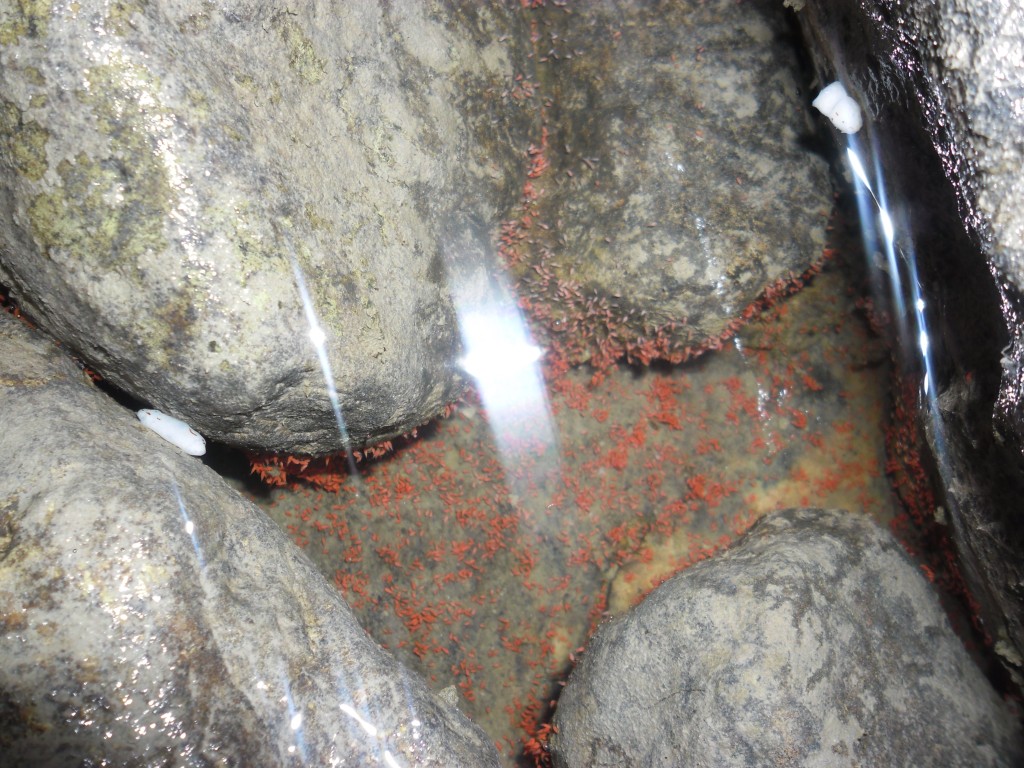
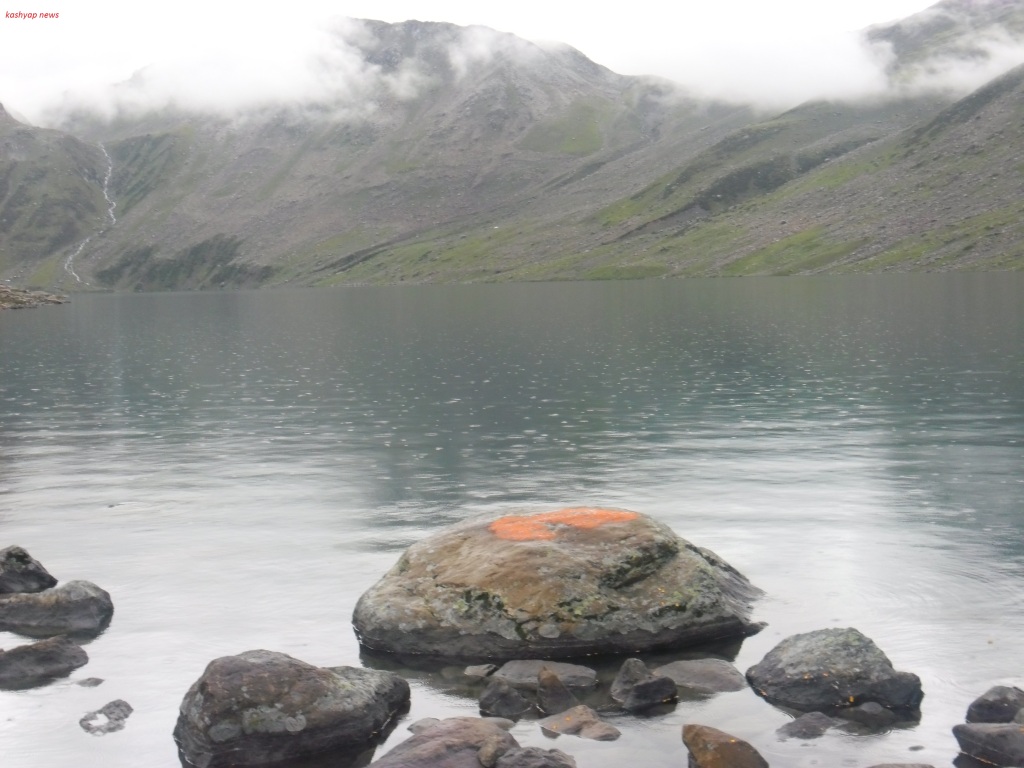
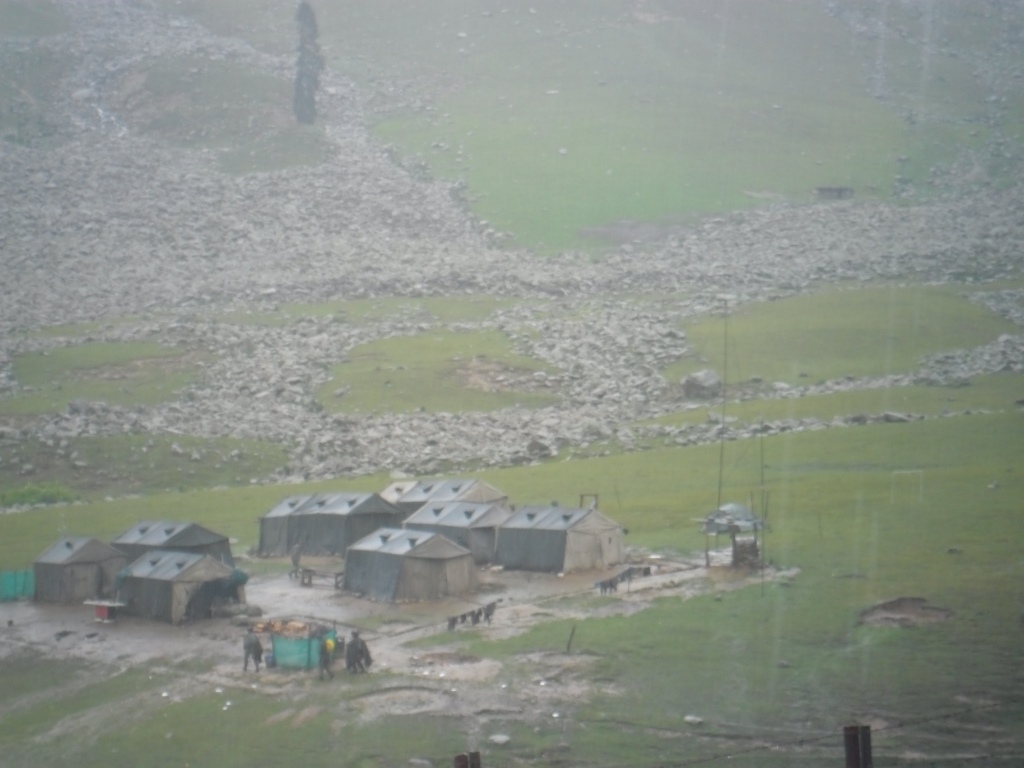
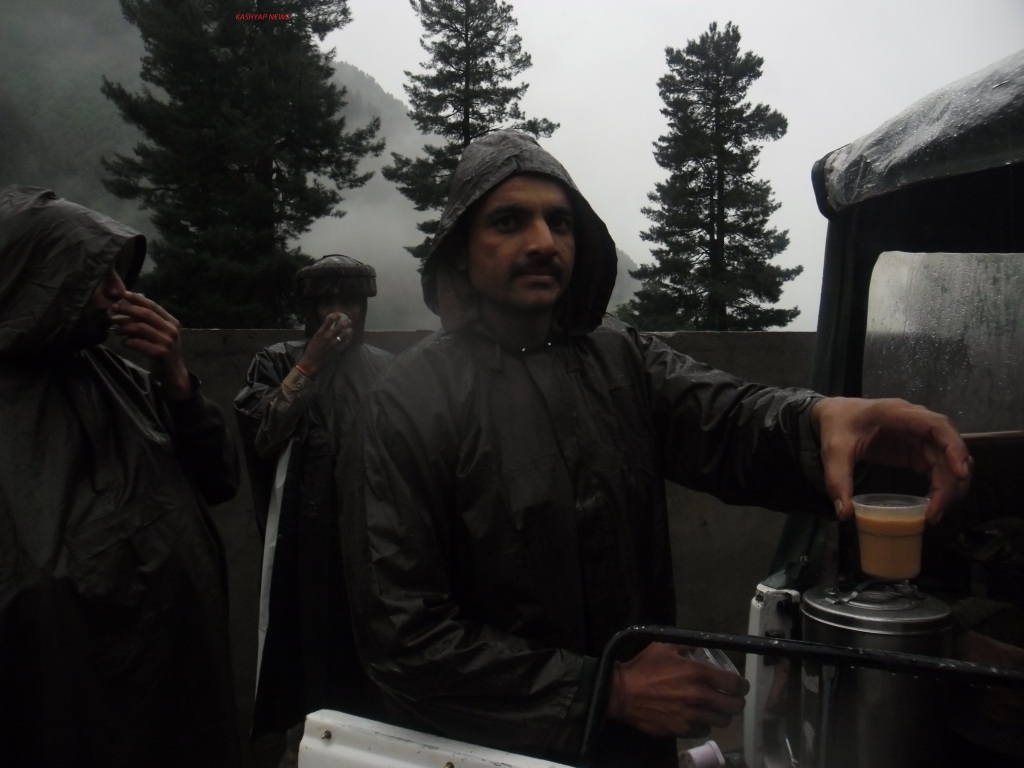

No comments:
Post a Comment